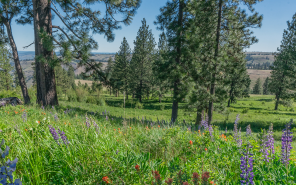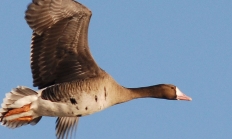Minam River Wildlife Area draft management plan public webinar Sept. 17
SALEM, Ore. – ODFW staff will host a webinar on Wednesday, Sept. 17 at 6 p.m., about the Minam River Wildlife Area (MRWA) draft management plan. The public can join the webinar on Microsoft Teams: Microsoft Teams Need help? Join the meeting now Meeting ID: 284 045 516 288 4 Passcode: ru9nA33y Dial…




